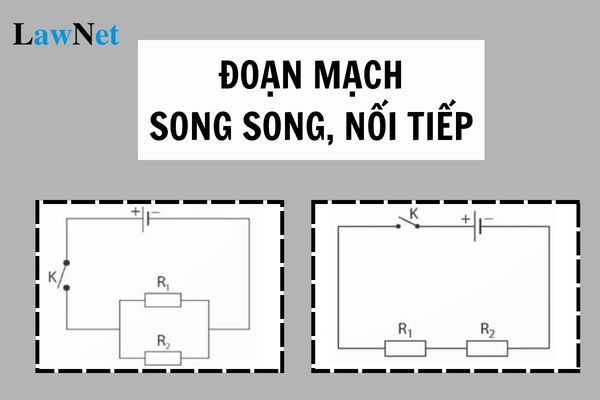What is the reactivity series of metals? What is the significance of the reactivity series of metals? What are assessment formats for grade 9 Natural Sciences in Vietnam?
What is the reactivity series of metals? What is the significance of the reactivity series of metals?
The reactivity series is a ranking table of metals based on their level of chemical reactivity, i.e., their ability to react with other substances like acids, water, and oxygen.
Specifically, the reactivity series of metals are ranked from most active to least active as follows:
- Potassium (K)
- Sodium (Na)
- Calcium (Ca)
- Magnesium (Mg)
- Aluminum (Al)
- Zinc (Zn)
- Iron (Fe)
- Nickel (Ni)
- Lead (Pb)
- Copper (Cu)
- Mercury (Hg)
- Silver (Ag)
- Platinum (Pt)
- Gold (Au)
The significance of the reactivity series of metals is as follows:
- The reactivity series of metals helps predict the reactivity potential of metals. Metals positioned higher in the series will react more readily with substances like acids and water compared to those placed lower.
- The reactivity series of metals indicates which metals can displace others from their compounds. For instance, zinc can displace copper from copper sulfate solution because zinc is higher than copper in the series.
- Identifying metal corrosion: Metals at the top of the reactivity series tend to be more prone to corrosion because they react more vigorously with oxidizing substances and environments.
Note: Information is for reference purposes only!
What are assessment formats for grade 9 Natural Sciences in Vietnam?
According to clause 3, Article 5 of Circular 22/2021/TT-BGDDT:
Forms of assessment
...
- assessment forms for subjects
a) Subjects assessed by comments include: Physical Education, Arts, Music, Fine Arts, Local Education Content, Experiential Activities, and Career Guidance. The results are assessed by comments in 1 (one) of 2 (two) levels: Pass, Fail.
b) Subjects assessed by a combination of comments and scores, excluding those specified in point a of this clause, are graded on a scale of 10. If other scales are used, they must be converted to a 10-point scale. The score is an integer or a decimal rounded to one decimal place.
Thus, only subjects like Physical Education, Arts, Music, Fine Arts, Local Education Content, Experiential Activities, and Career Guidance are evaluated by comments.
Therefore, the grade 9 Natural Sciences subject is assessed by combining comments and scores.

What is the reactivity series of metals? What is the significance of the reactivity series of metals? What are assessment formats for grade 9 Natural Sciences in Vietnam? (Image from the Internet)
How many regular assessment points does the grade 9 Natural Sciences subject in Vietnam have?
Article 6 of Circular 22/2021/TT-BGDDT provides as follows:
Frequent assessment
- Frequent assessment is conducted through: question-and-answer, writing, presentation, practice, experimentation, learning products.
- For each subject, students are tested and evaluated multiple times. A selection of these assessments is chosen according to the teaching progress in the educational plan of the professional team. Results are recorded in the monitoring and assessment book (by class) to be used in assessing subject learning outcomes according to clause 1, Article 9 of this Circular, as follows:
a) For subjects assessed by comments (excluding clusters of learning topics): choose 2 (two) assessments per semester.
b) For subjects assessed by a combination of comments and scores (excluding clusters of learning topics), select the number of frequent assessment points (abbreviated as DDGtx) per semester as follows:
- Subjects with 35 periods/year: 02 DDGtx.
- Subjects with more than 35 periods/year to 70 periods/year: 03 DDGtx.
- Subjects with more than 70 periods/year: 04 DDGtx.
- For clusters of learning topics in high school, each student is tested and evaluated per learning topic. The result of 1 (one) assessment is selected as the cluster's assessment result. This result is considered as one frequent assessment log for that subject, recorded in the monitoring and assessment book (by class), and used in assessing subject learning outcomes according to clause 1, Article 9 of this Circular.
Since the grade 9 Natural Sciences subject has more than 70 periods/year, it will have 4 frequent assessment points.





- What is the law on light reflection? What are details of the law on light reflection?
- What is the schedule of the AFF Cup 2024 (ASEAN Cup)? What are activities for physical education and sports in vocational education institutions in Vietnam?
- What is the schedule for the AFF Cup 2024 matches of the Vietnam National Team? Are students who are athletes in Vietnam eligible for a special exemption from high school graduation requirements?
- Vietnam: What are the guidelines for analysis of the poem "Tiến sĩ giấy"? What is the regulatory age of students entering lower secondary education?
- What is the location of Vietnam International Defense Exhibition 2024? Are students of all educational levels granted leave to visit the Vietnam International Defense Exhibition?
- What is the formula for calculating population density in Vietnam? What is the population density?
- Vietnam: What is the sample parent-teacher conference scenario at the end of the first semester of primary education? What are the regulations on the organization of parent committees?
- Vietnam: What is the sample outline for an essay on the analysis of the excerpt "The Last Leaf"? What are the assessment levels for learning results in the school year of 8th-grade students?
- What is the unit of power? When do students in Vietnam study the unit of power?
- What is the guidance for children to tell the story "Chuyện bốn mùa"? What is the age of students entering 2nd grade in Vietnam?

